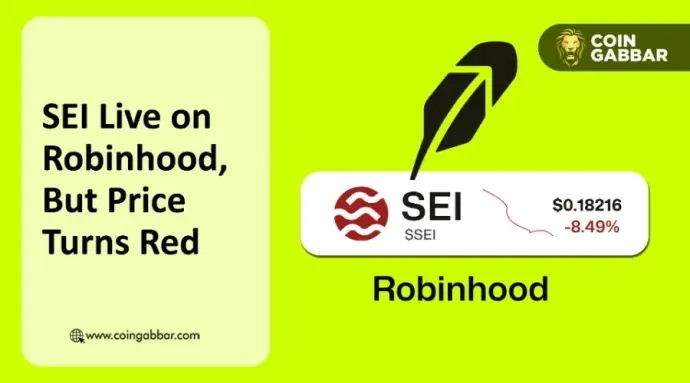Author: Nancy, PANews
Last night, a historic moment unfolded in the U.S. stock market. Tech giant Nvidia's market capitalization surpassed $5 trillion, writing a capital legend. However, this moment completely "broke" the crypto circle.
Looking at the global capital markets, gold and stocks are dancing together, while the crypto market is mired in a pessimistic quagmire, with increasing difficulty in making profits and performance far inferior to traditional assets. Although Bitcoin briefly touched a high of $120,000, it resembled a capital solo performance lacking retail investors; altcoins are even more trapped in liquidity exhaustion, with a lack of innovation and fleeting hotspots.
The crypto market enters "hell mode," with the stock market and gold strengthening, accelerating capital siphoning
This round of the crypto bull market shows clear signs of fatigue, and the market did not see the anticipated widespread "halving rally." Although Bitcoin has repeatedly set new highs, its pace of increase has slowed and is dominated by Wall Street institutions; altcoins have repeatedly set new lows, with retail investors suffering severe losses or angrily exiting during the "1011" incident, leading to tightened market liquidity. The crypto market can be said to have been pushed into a hellishly difficult cycle.
In contrast, as stocks and gold take turns strengthening, capital is flowing towards more visible profit and certainty opportunities.
Who would have thought that Nvidia took only 113 days to once again stage the "AI miracle" in the capital market, becoming the world's first publicly traded company with a market capitalization exceeding $5 trillion. This figure surpasses the annual GDP of almost all countries except the U.S. and China, and far exceeds the total market capitalization of the entire crypto market (approximately $3.8 trillion).
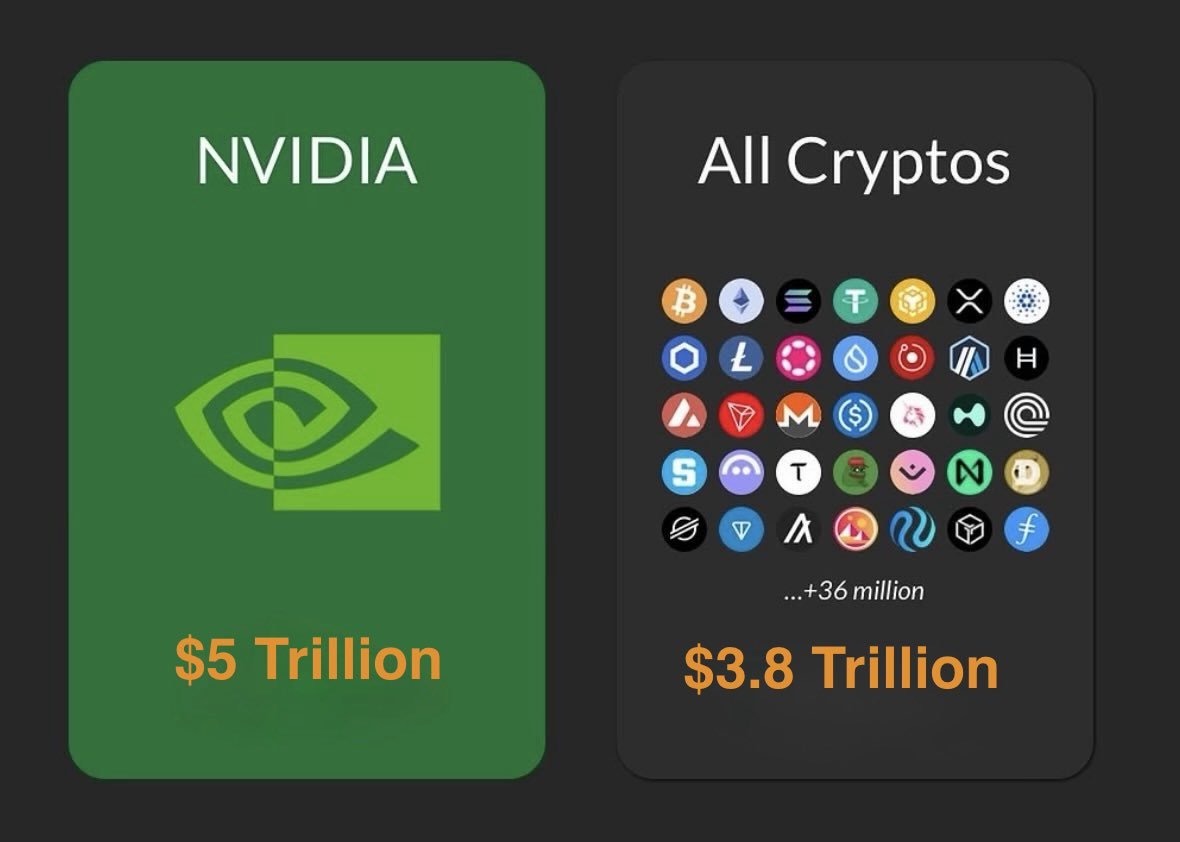
Source: Internet
In fact, Nvidia and the "seven giants" have driven a collective frenzy in the U.S. stock market. The S&P 500 index has stood above the 50-day moving average for 125 consecutive trading days, and its return rate this year has exceeded that of Bitcoin. Market sentiment is high, and U.S. stock bulls are even sounding the horn for 7,000 points.
Data also confirms this enthusiasm. Nasdaq data shows that in the first half of 2025, U.S. retail investors cumulatively bought about $3.4 trillion in stocks and sold about $3.2 trillion, with a total trading volume exceeding $6.6 trillion. According to analysis by the globally renowned market maker Citadel Securities, retail investors now account for 22% of the overall trading volume in U.S. stocks, the highest level since the "meme stock frenzy" of 2021. Currently, the average daily trading volume for retail investors reaches 1.2 billion shares.
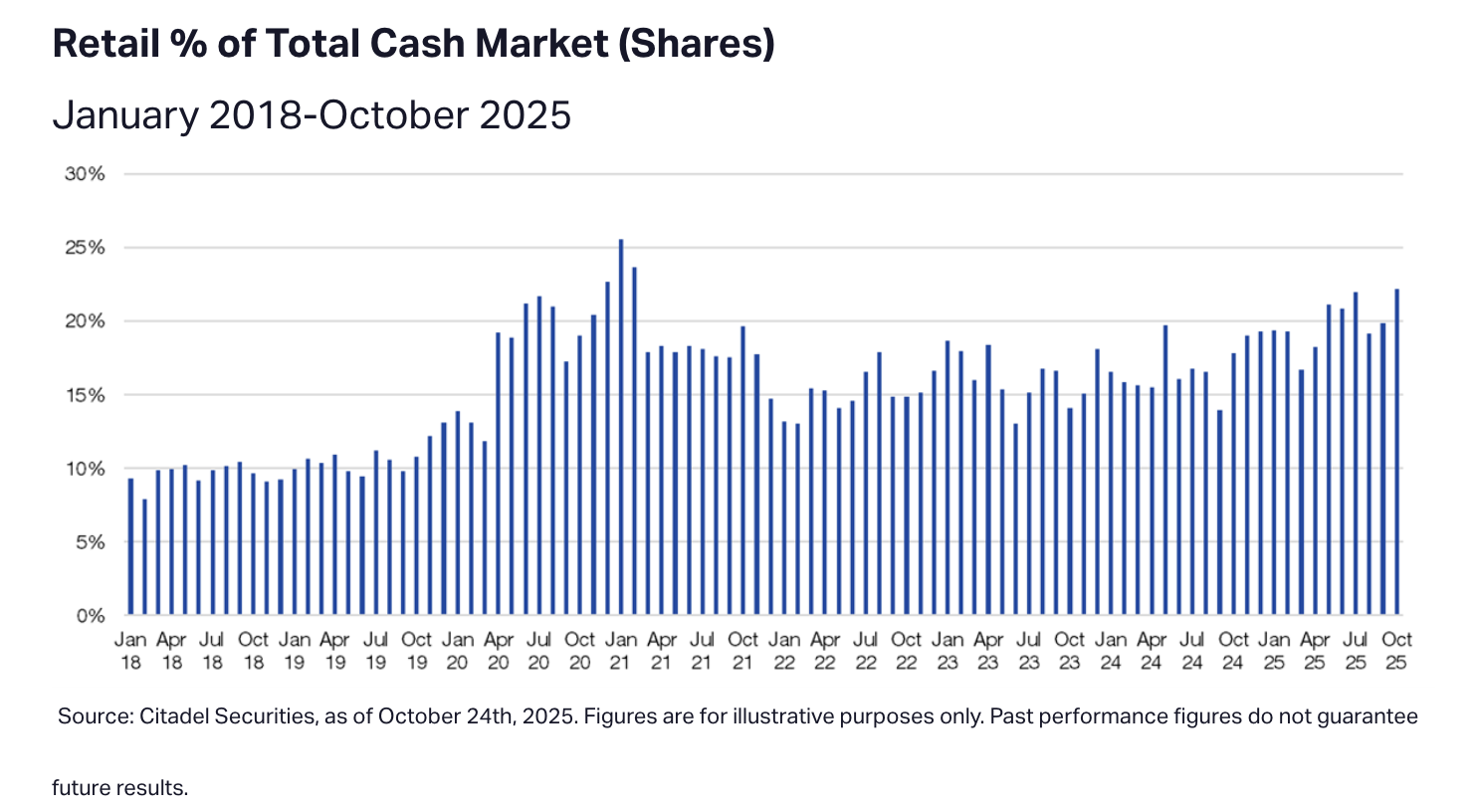
This investment enthusiasm is not limited to the U.S. stock market. For example, the South Korean KOSPI index has surpassed the 4,000-point mark, accumulating an increase of nearly 70.9% since the beginning of the year, making it one of the best-performing major stock indices globally. This market sentiment has also led to a noticeable decline in trading activity among South Korean investors who were originally keen on trading cryptocurrencies. On October 29, the local virtual asset trading volume was about $3.61 billion, only 23.2% of the KOSPI trading volume, whereas this ratio once exceeded 80% in the past.
At the same time, some funds are also flowing into crypto-related stocks. According to Bloomberg, for many years, the total market capitalization of Bitcoin and altcoins has mostly moved in sync, but this time is different. Bitcoin is becoming increasingly popular among institutional investors, and with speculative funds shifting towards stocks related to cryptocurrencies, there is a gap of nearly $1 trillion between Bitcoin and altcoins. 10x Research CEO Markus Thielen stated that if retail investors (especially South Korean retail investors) do not shift their attention to related stocks, the total market capitalization of altcoins should have been about $800 billion higher. However, in the current cycle, altcoins lack new capital inflows, and this gap is unlikely to be filled in the short term. Historically, South Korean crypto traders have favored altcoins, with local exchanges once seeing their trading volume exceed 80%, while global platforms primarily focused on Bitcoin and Ethereum.
In response to the high demand for stocks, trading platforms like Robinhood, Coinbase, and Kraken have launched stock tokenization services to meet the needs of existing crypto users and explore new growth, which has also diverted some trading activity from the crypto market.
Moreover, in an environment where risk appetite is rising alongside macro uncertainty, gold has become the preferred asset for hedging and ranks among the best-performing assets of 2025. According to Goldman Sachs, while Bitcoin offers higher returns compared to gold, its volatility is extreme. When risk appetite is strong, Bitcoin often performs similarly to stocks, but once the stock market declines, Bitcoin's hedging effect is inferior to that of gold. Therefore, gold is currently more reliable for hedging, while Bitcoin is still in the transition phase from a risk asset to a safe-haven asset.
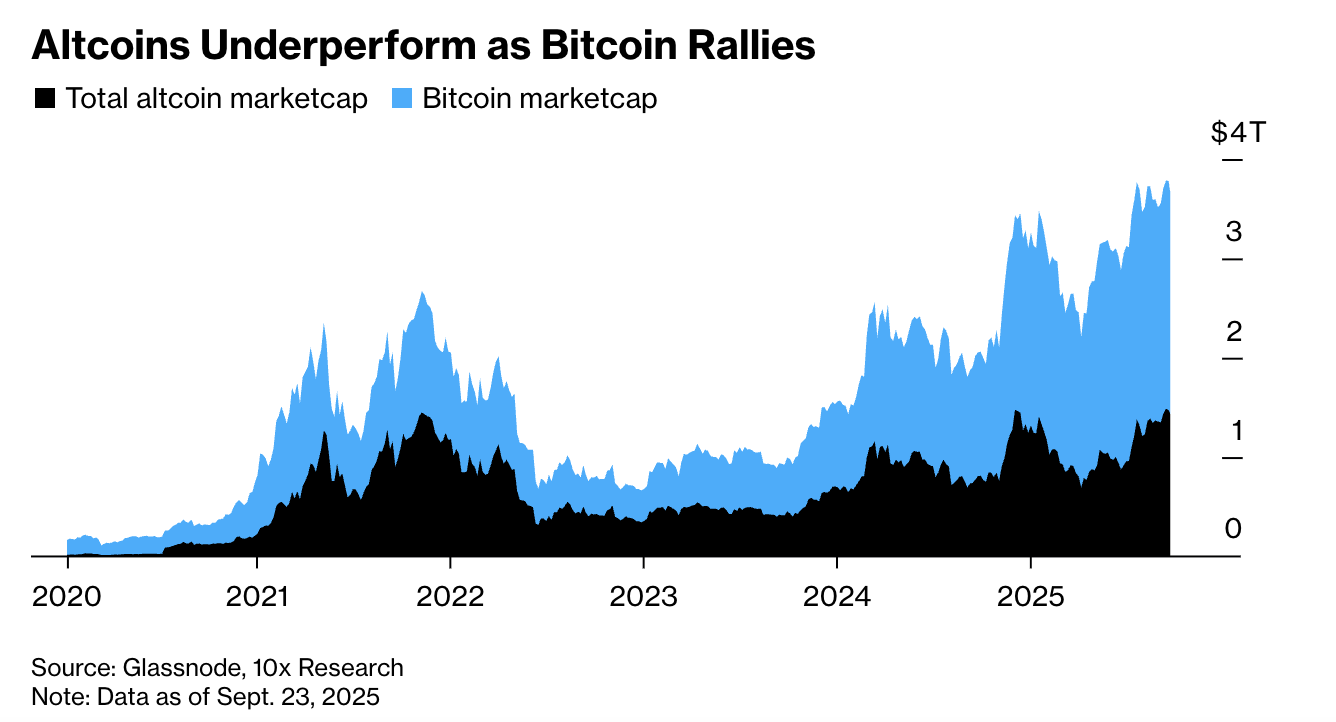
Recently, the A-share market has returned to 4,000 points, with comments in the community like, "Dad trades stocks, Mom trades gold, and I hold ETH; we all gather at 4,000." "I'm hiding from the bull market in the crypto market," users self-deprecatingly remarked.
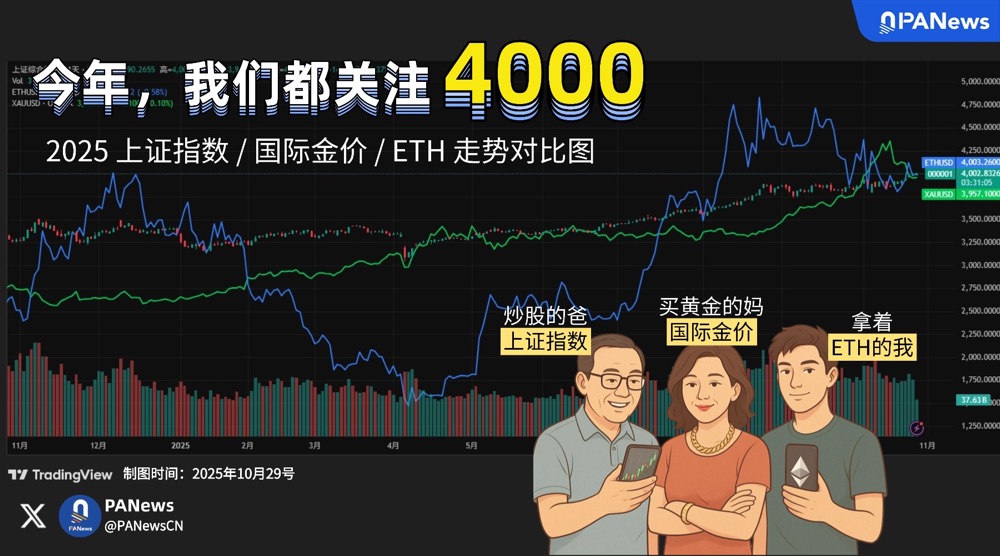
The crypto market is trapped in internal and external dilemmas, maintaining patience while waiting for innovation and capital
In addition to the capital siphoning effect created by the stock market and gold, which has taken away a large number of investors and retail funds, marginalizing crypto assets in capital allocation, the internal and external dilemmas of the crypto market also stem from multiple factors.
On one hand, the current crypto market lacks explosive innovation. Compared to past narratives that could break through internal and external perceptions, such as DeFi, NFTs, and the metaverse, the market today is more stuck in the stage of technological iteration, with narratives being repeatedly recycled. Even if some narratives can attract funds in the short term, they often cool off quickly, making it difficult to maintain market activity and investor confidence. Emerging narratives like RWA, DAT, and stablecoins are mainly led by institutions, with limited yield effects and low retail participation, making it hard to form widespread market resonance.
A deeper issue is that most altcoins lack clear scenario value and practical applications, making it difficult to form sustainable capital attraction. For example, MEME acts like a double-edged sword; on one hand, it lowers the entry barrier, allowing more retail investors to participate; but on the other hand, such projects overly rely on stories and emotional drives, accelerating the PVP (player versus player) nature of funds in the market, ultimately evolving into pure capital games, lacking genuine value creation.
"The current problem in the crypto market is not the lack of derivatives, but rather that there are too many 'virtual' things on-chain. What we need now is to bring more real assets and services off-chain onto the chain. Finance ultimately needs to integrate with the real economy, and the Web3 industry must quickly align with mainstream narratives, such as AI and the Agent Economy. In the first half of next year, whether in AI or external stocks and the crypto circle, there may be a huge bull market. But this bull market must be built on the foundation of integration with reality. The industry should strive to create practical solutions in areas like putting everything on-chain and Agent Finance, which will attract more capital and talent, leading to sustainable development rather than getting stuck in the internal strife of trading MEMEs." pointed out Zheng Di, a frontier technology investor, in the podcast "No Words Unsaid."
In the view of crypto KOL @Sea, the crypto industry needs patience and long-termism, "AI and U.S. stocks are very hot, but if most funds and attention are shifted there, will it really have a stronger relative advantage than staying in the crypto circle, whether in investment or entrepreneurship? The crypto circle is a good market / good industry, even though every day feels like pinching your nose with one hand while digging for gold in a pile of dung with the other, the rapid clearing and self-iteration ability of the free market, along with the gathering of global developers, is more likely to give birth to miracles."
"Crypto products have found their product-market fit, or at least paved the way for vertical fields in crypto that have achieved PMF. Although such products are still few, with each construction cycle's advancement, continuous improvement of infrastructure, and compound accumulation of knowledge, we are creating more products with actual value. These products are not only reshaping market structures but also creating new asset classes like prediction markets and perpetual contracts. Now, as Wall Street elites and senior U.S. government officials finally begin to pay attention to and recognize cryptocurrencies as a formal industry, early participants should hold firm to their beliefs," stated crypto researcher Monk.
On the other hand, as a typical high-risk asset, the growth of the crypto market often relies on the spillover effect of upstream capital. As interest rates gradually decline, the returns on low-risk assets (such as deposits and bonds) decrease, and capital will gradually flow into high-risk areas, such as tech stocks, the ChiNext, and cryptocurrencies. However, this capital transmission does not happen instantly and has a certain time lag. As mentioned earlier, in the context where the stock market and gold have already provided relatively stable returns, investors often prioritize allocating to these visible profit and relatively controllable risk assets, making it difficult for the crypto market to become the first choice immediately. In other words, only when the interest rate cut cycle gradually releases liquidity and transmits through risk assets like the stock market can the crypto market gain incremental capital.
Additionally, the lack of regulation is one of the core issues currently facing the crypto market. Taking the "10·11 incident" as an example, this risk event not only exposed the industry's shortcomings in infrastructure and risk management but also severely impacted market liquidity and affected traditional capital's confidence in crypto assets. It is important to note that, unlike traditional finance, the crypto market operates 24/7, which means it develops faster, reacts more immediately to news, and has a more diverse participant structure. This implies that the impact of risk events is often more concentrated and severe, directly affecting retail capital and overall market confidence.
"Establishing liquidity buffer funds and introducing mechanisms similar to stock market circuit breakers is very necessary. Traditional financial markets have learned these risk control experiences through painful lessons, and the crypto circle should take note. In incidents like 10·11, if a liquidity buffer fund could step in to buy time, allowing arbitrageurs a chance to re-enter, many problems could be avoided," Zheng Di pointed out. This perspective also highlights the urgent need for risk management and institutional development in the crypto market.
In summary, the crypto market is undergoing a purgatorial cleansing. However, the crypto market still possesses unique advantages such as rapid iteration, global participation, and technological innovation. Focusing on practical implementation and value creation, while maintaining patience and long-termism, may become the key strategy for survival and breakthrough in the current market.
免责声明:本文章仅代表作者个人观点,不代表本平台的立场和观点。本文章仅供信息分享,不构成对任何人的任何投资建议。用户与作者之间的任何争议,与本平台无关。如网页中刊载的文章或图片涉及侵权,请提供相关的权利证明和身份证明发送邮件到support@aicoin.com,本平台相关工作人员将会进行核查。

